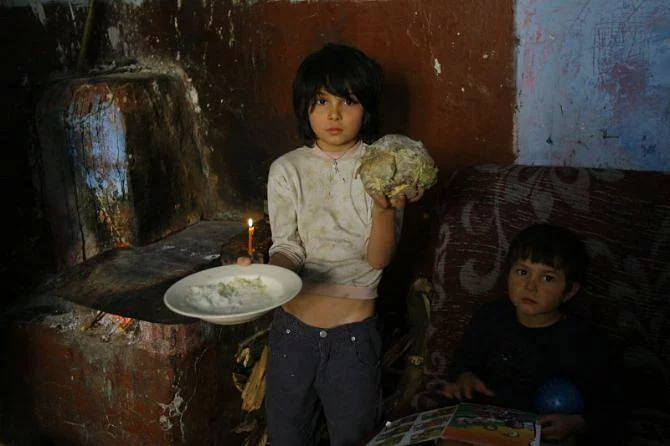At least 15 per cent of all deaths in the World Health Organization (WHO) European Region are attributable to some degree to environmental factors, including air and water pollution. At the same time, the most vulnerable segments of the population, who do not have access to modern energy sources and sanitary facilities, are at particular risk.
Many people in the region become infected with infections transmitted through contaminated water.
Every year, millions of people die from diseases caused by indoor air pollution. The main victims are the poor, who are forced to heat their homes and cook food using biomass, kerosene and coal. This results in strokes, coronary heart disease, childhood pneumonia and lung cancer.
The WHO notes that 1.4 million people die each year due to environmental risk factors. After analyzing the causes of these deaths and risk factors, the experts concluded that they indicate large-scale inequalities within countries in terms of environment, health, housing, and access to drinking water and sanitation.
It has been found, for example, that single-parent poor families are three times more likely to have problems heating their homes, and the poorest are five times more likely to have to rely on potentially unsafe drinking water sources.
“The data we have collected show that in all countries in the WHO European Region, disadvantaged populations are significantly more exposed to environmental risks than wealthy ones. This conclusion is of great concern to all public health professionals,” said Francesca Racioppi, head of the WHO European Center for Environment and Health.
She believes that addressing these injustices and reducing inequalities requires strategies tailored to countries and the needs of populations most exposed to environmental risks.





